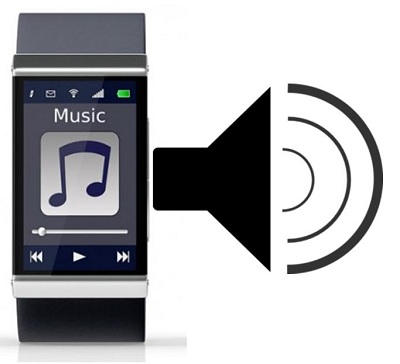Recent studies and reports are adding to a growing body of evidence that indicates that people aren’t wild about wearables, yet.
Wearable tech may be one of the fastest growing mobile device categories, but at the moment, the popularity appears to be notably greater among the companies actually developing these gadgets than among consumers who are buying them.
Not only are people not necessarily buying wearables as fast as they’re being produced, but they’re judging those who do.
Some wearable tech has a better reputation than other forms. For example, fitness trackers seem to have been broadly accepted by consumers, as a whole, but at the same time, there are other forms that are bringing about far less love. For example, while spotting a smartwatch on someone’s wrist may generate a great deal of interest and conversation, at the moment, Google Glass and other augmented reality headsets seem to label a wearer as someone much less likeable.
The opinion that consumers have about wearable tech doesn’t seem to have anything to do with its usefulness.
 To go back to the Google Glass example, an owner of these wearable devices can take advantage of a very high quality gadget that can be operated by voice command and that brings many of the features that can be found on a smartphone into a hands-free environment. However, despite the fact that it is very handy, people who use the device have been labeled “Glassholes” and are essentially thought of as people who are trying to declare their own self-worth by throwing their money into the latest technology.
To go back to the Google Glass example, an owner of these wearable devices can take advantage of a very high quality gadget that can be operated by voice command and that brings many of the features that can be found on a smartphone into a hands-free environment. However, despite the fact that it is very handy, people who use the device have been labeled “Glassholes” and are essentially thought of as people who are trying to declare their own self-worth by throwing their money into the latest technology.
A digital research firm called L2 recently released a report that pointed out that while 75 percent of consumers are aware of what wearable tech actually is, only 9 percent have any desire to actually purchase and own one. Even smaller is the 2 percent group that actually owns one of these mobile devices. The report showed that among those who were surveyed, 52 percent felt that the best location for wearables to be worn is on the wrist. Twenty four percent said that some place on the arm was best, and only 5 percent felt that headbands or other head-mounted displays were ideal – even in the form of eyeglasses or contact lenses. Clearly, the design of these products has a long way to go before consumers accept them – and their wearers – more broadly.

 The blog post read that “It’s been a long time since we first demoed volume control in the Pebble Music app back in the day, so we’re really glad to be bringing this feature onboard.” The
The blog post read that “It’s been a long time since we first demoed volume control in the Pebble Music app back in the day, so we’re really glad to be bringing this feature onboard.” The 